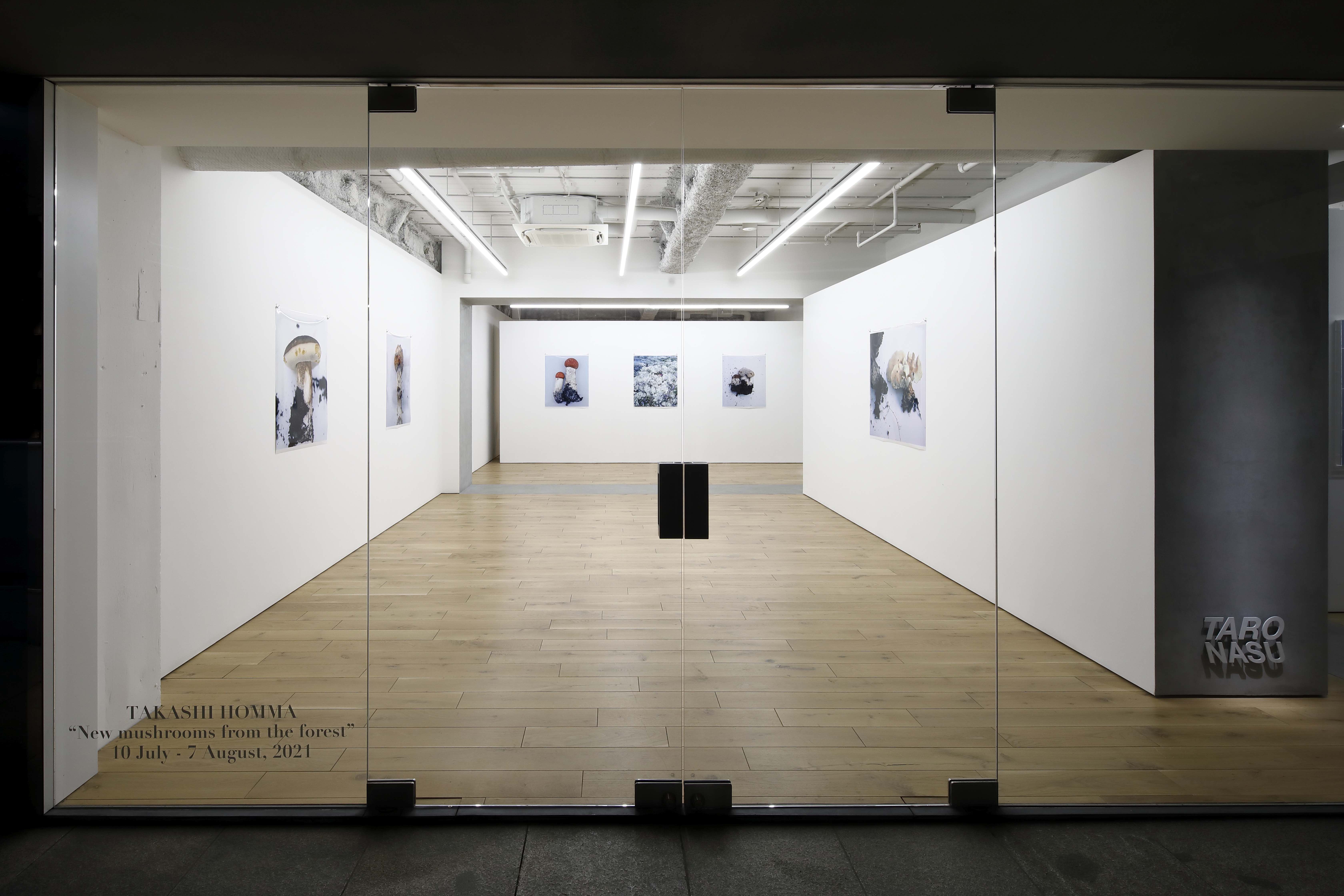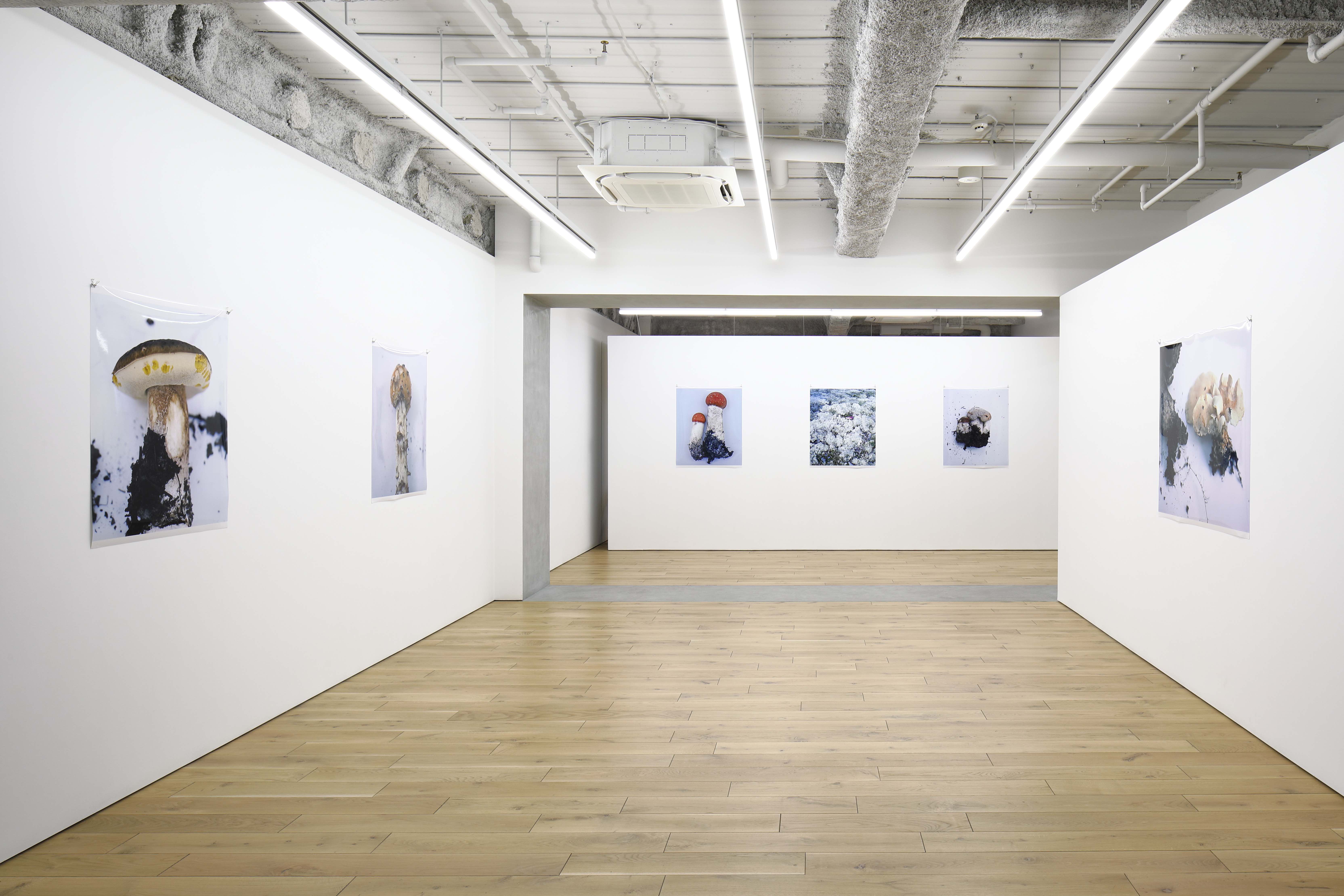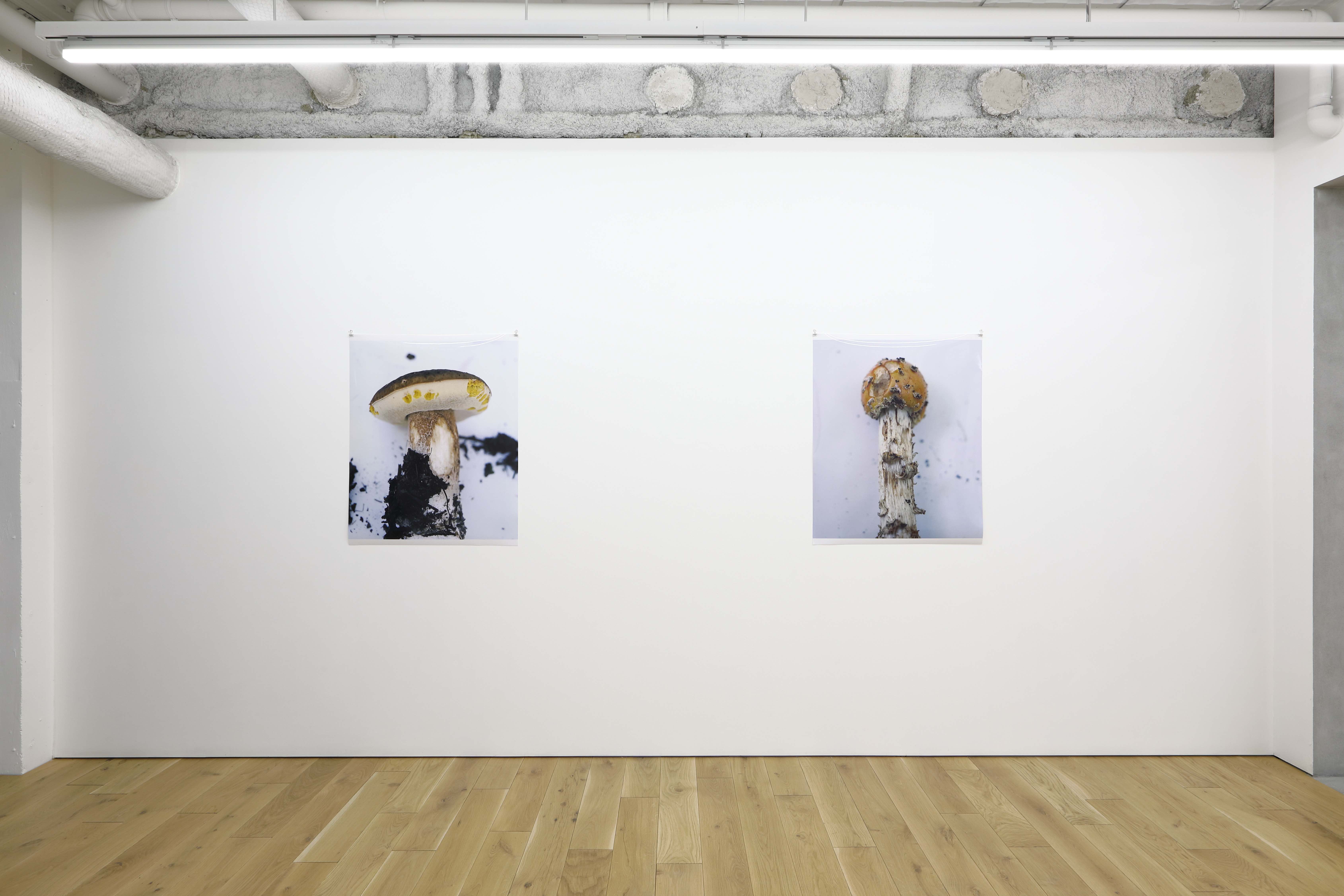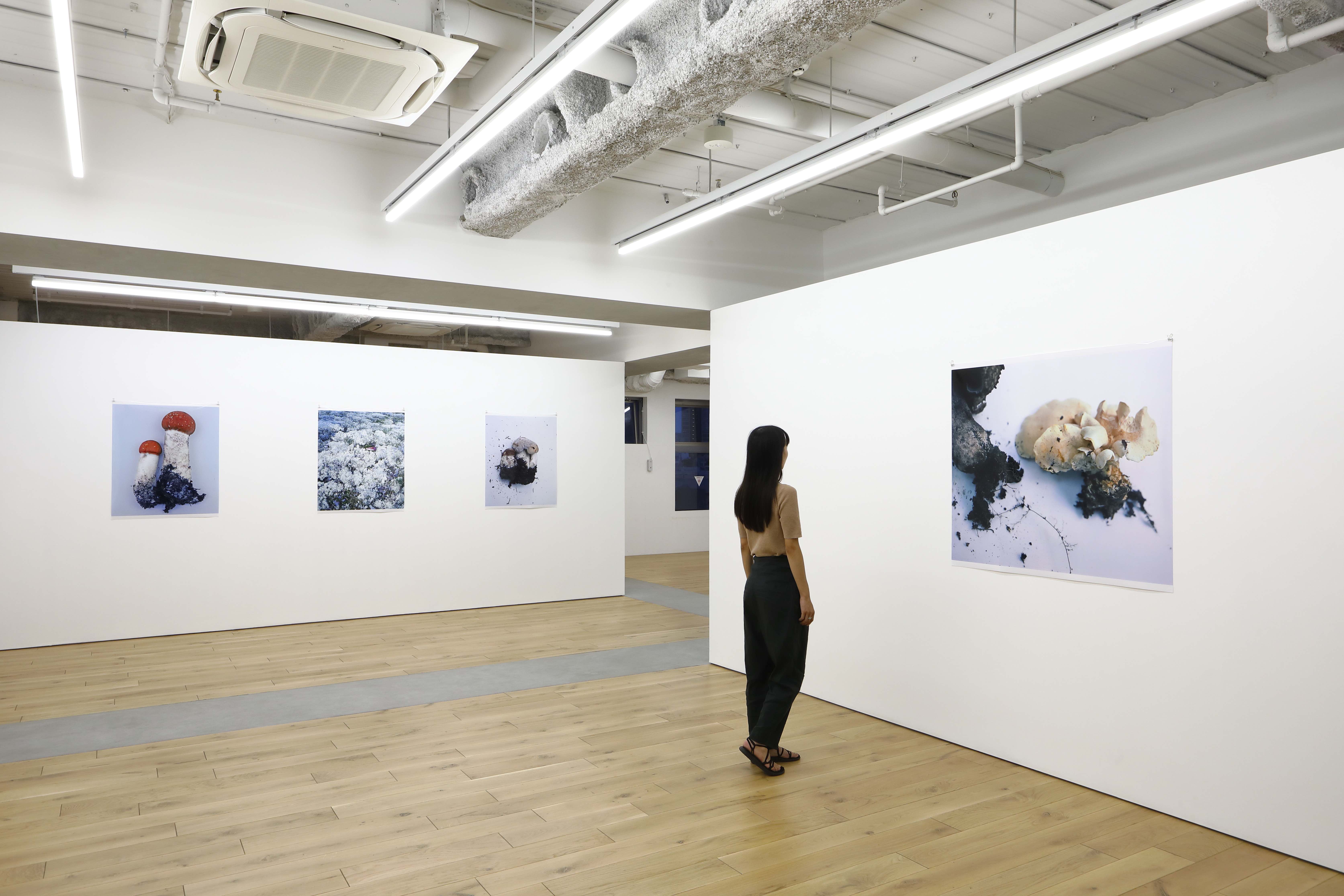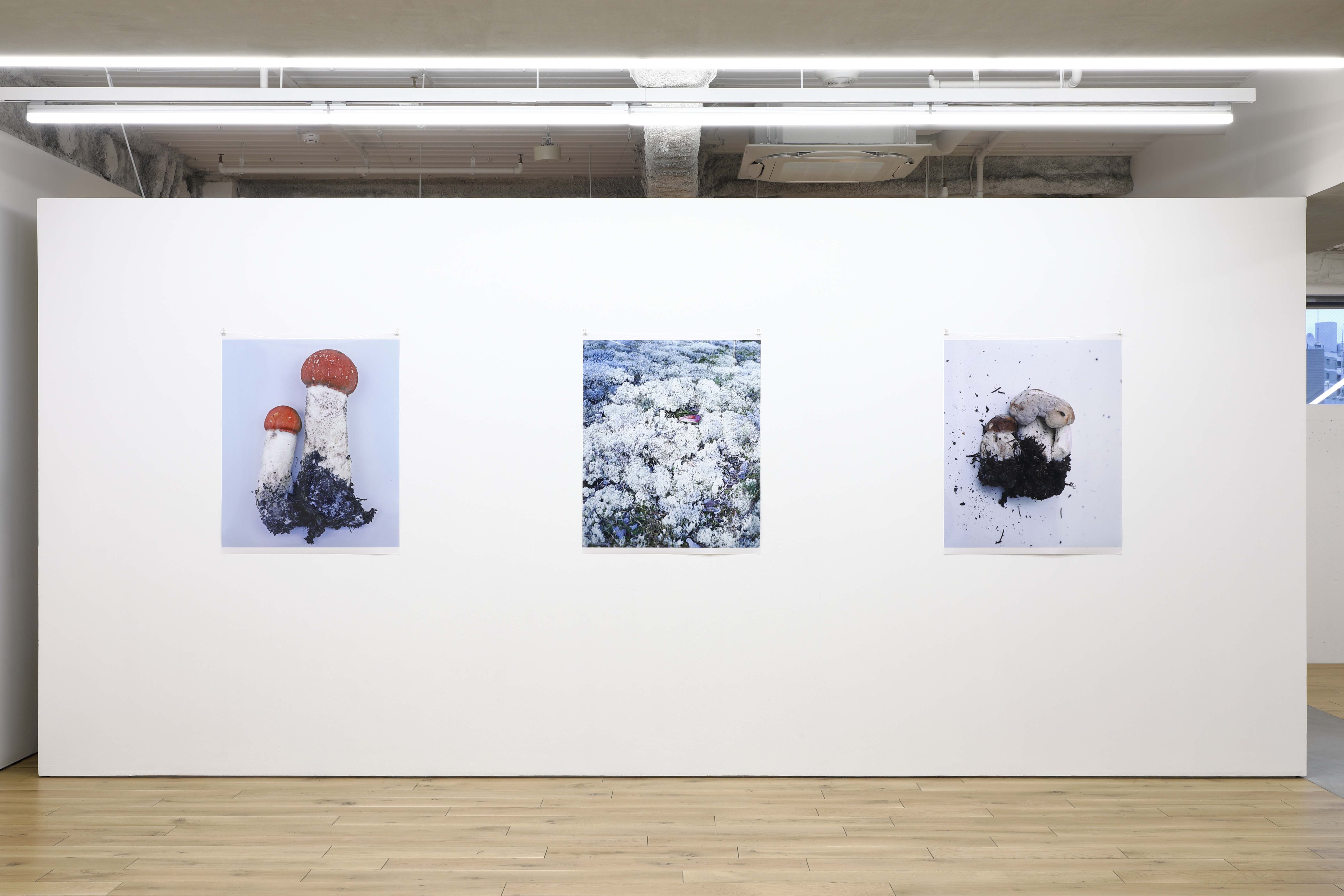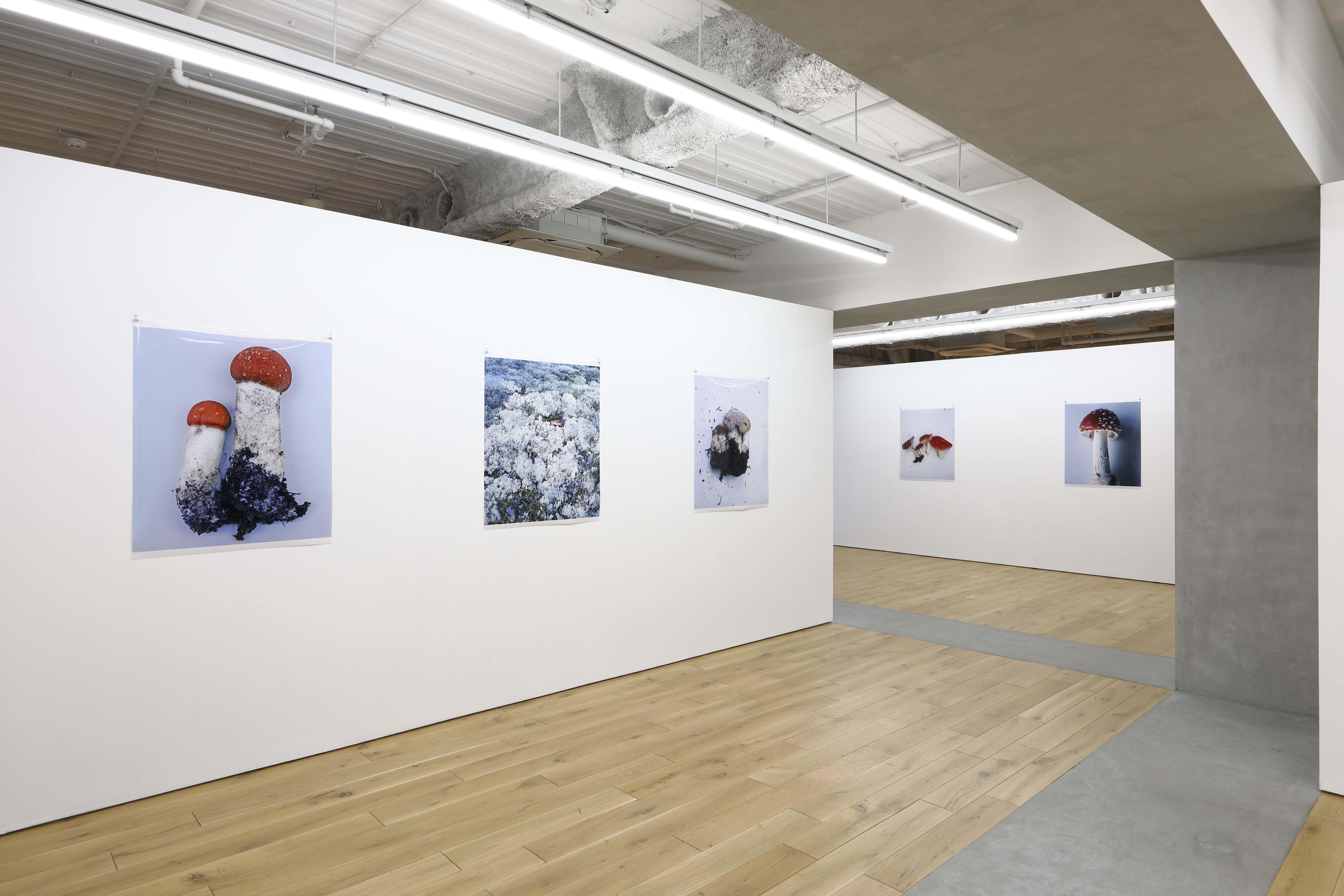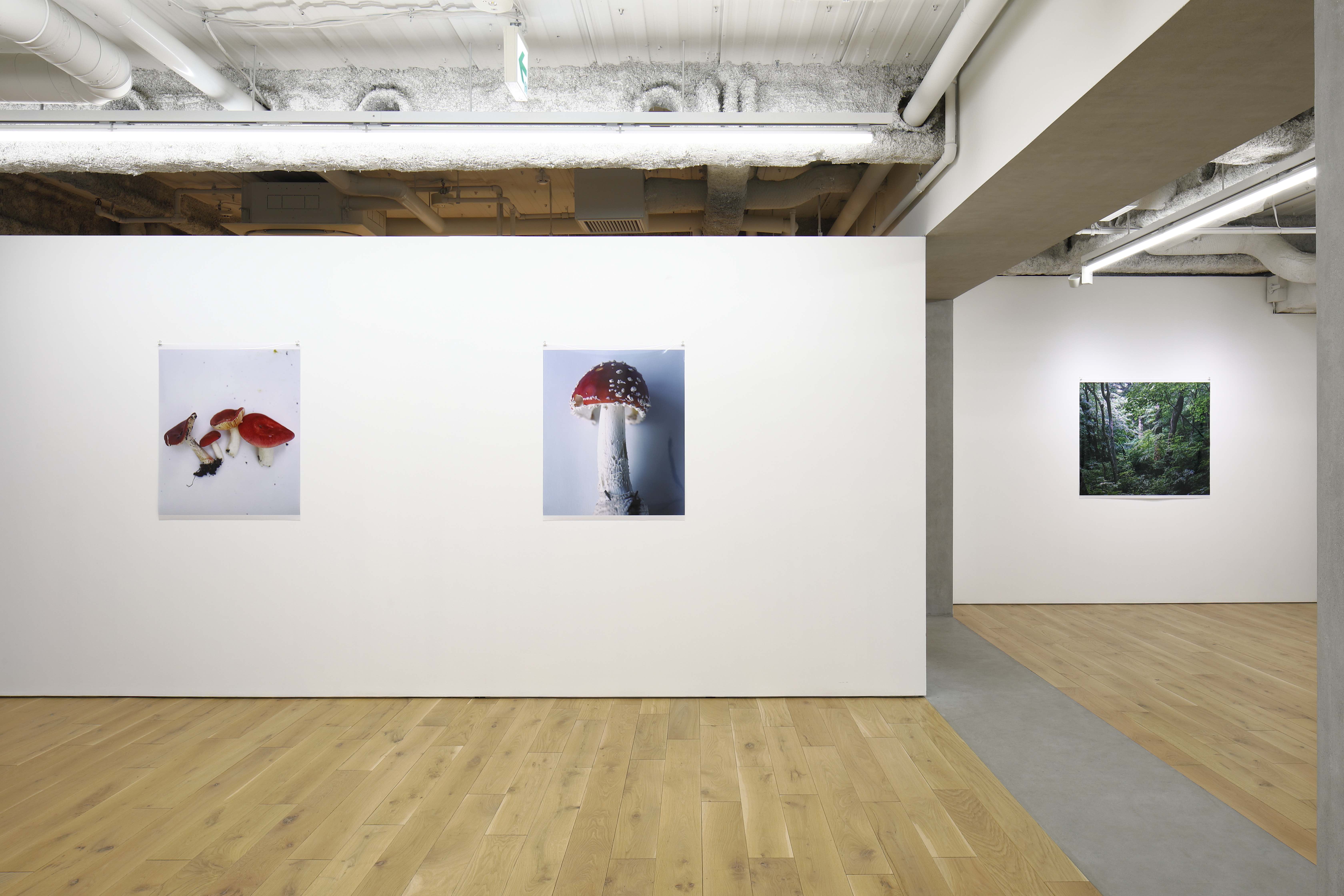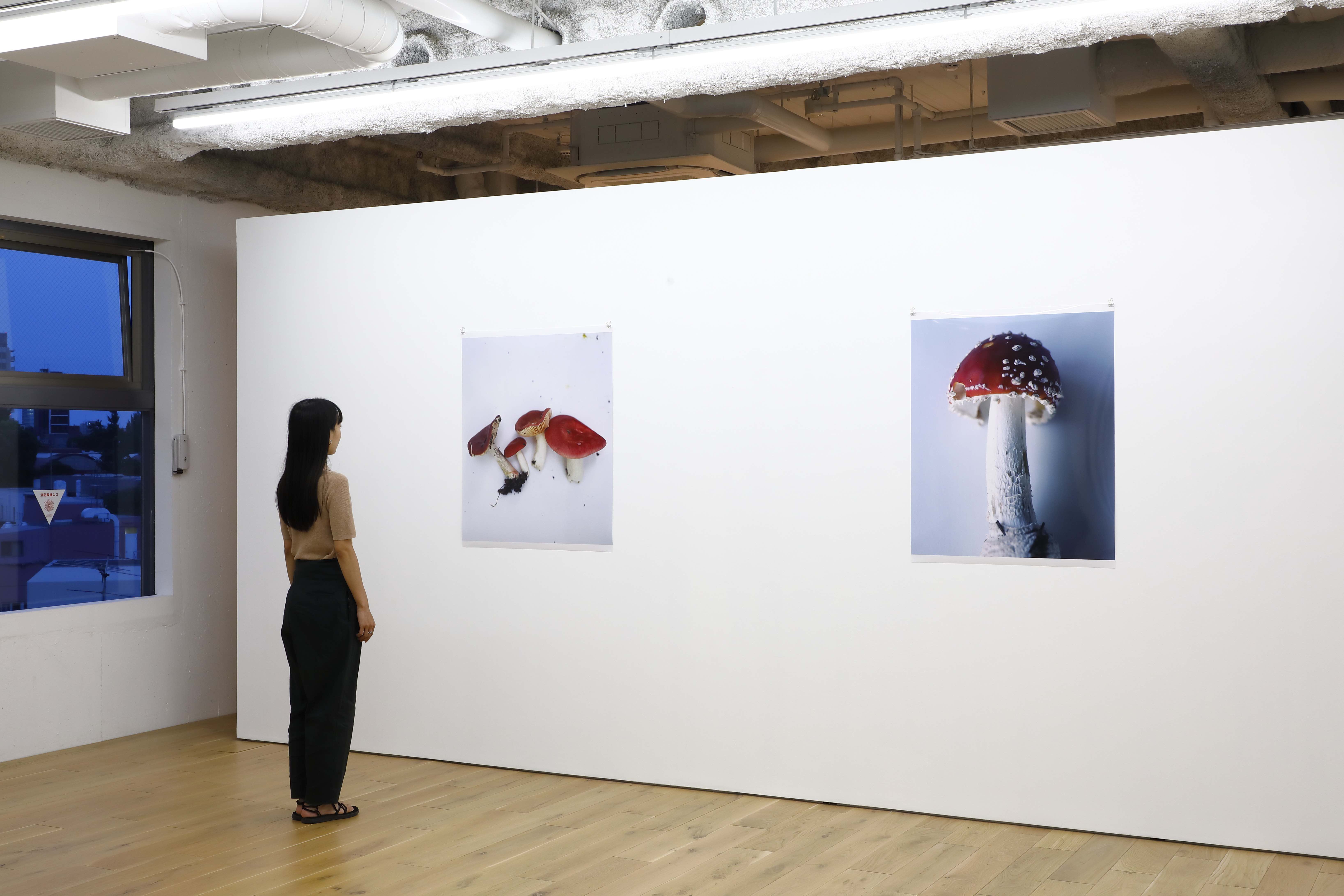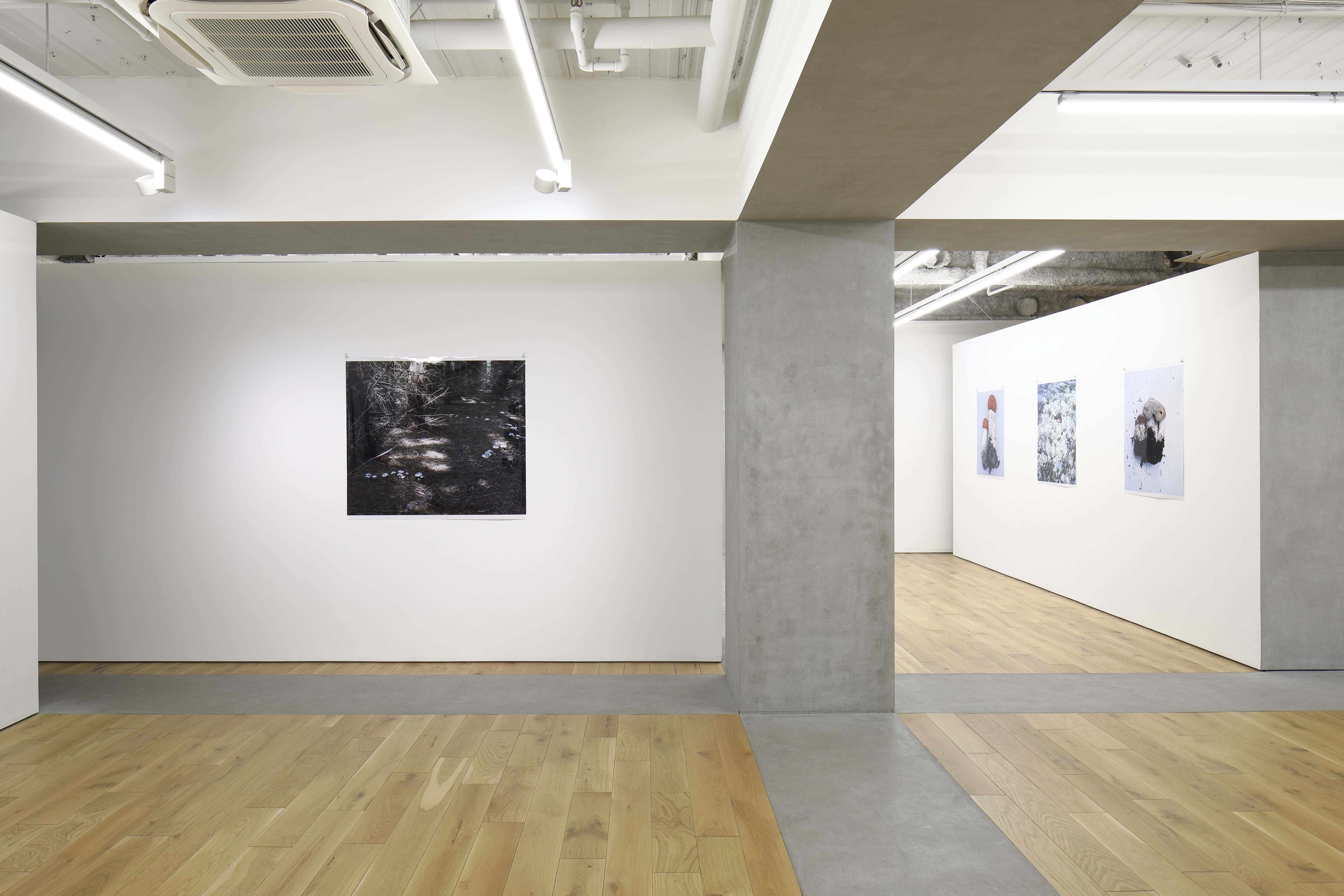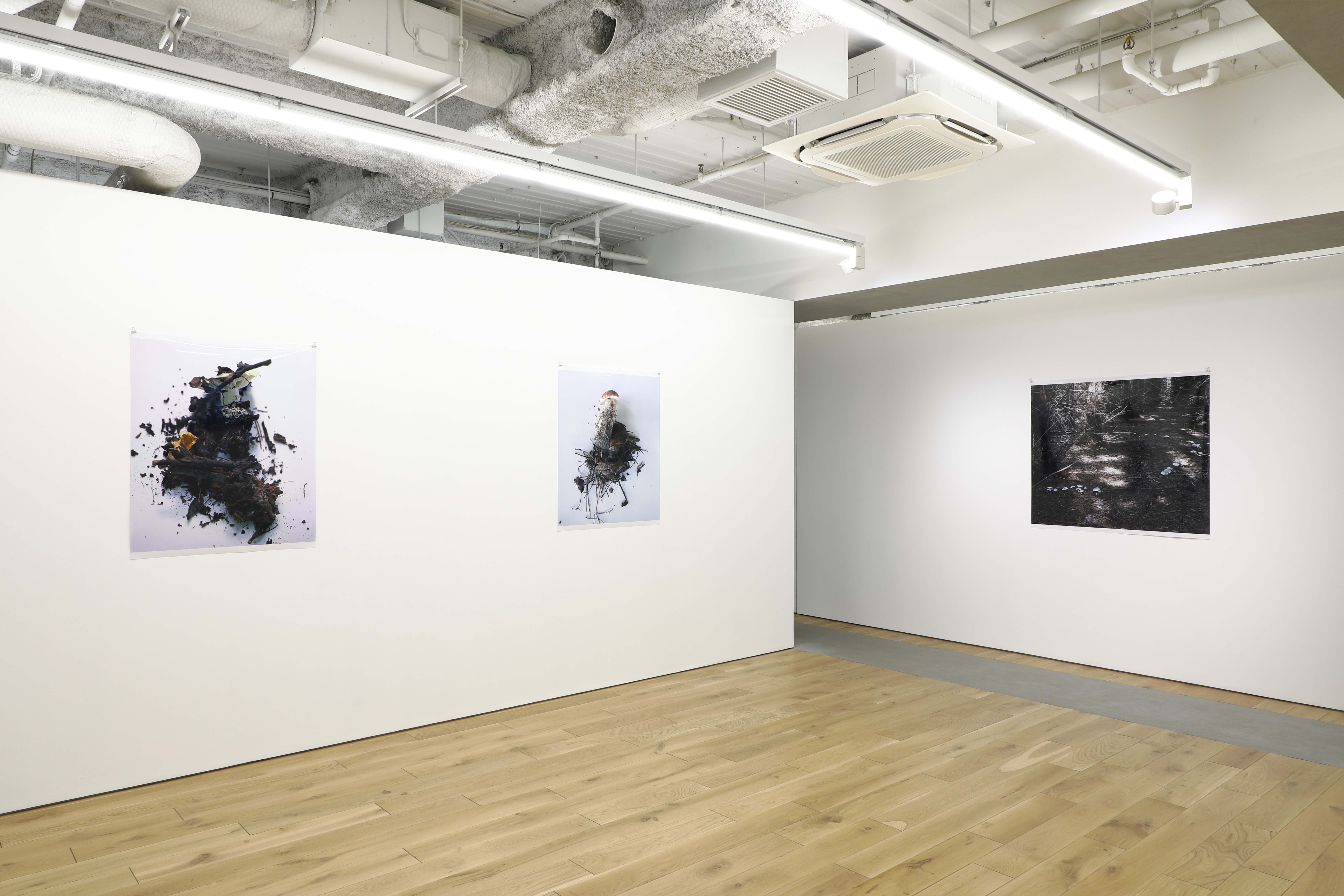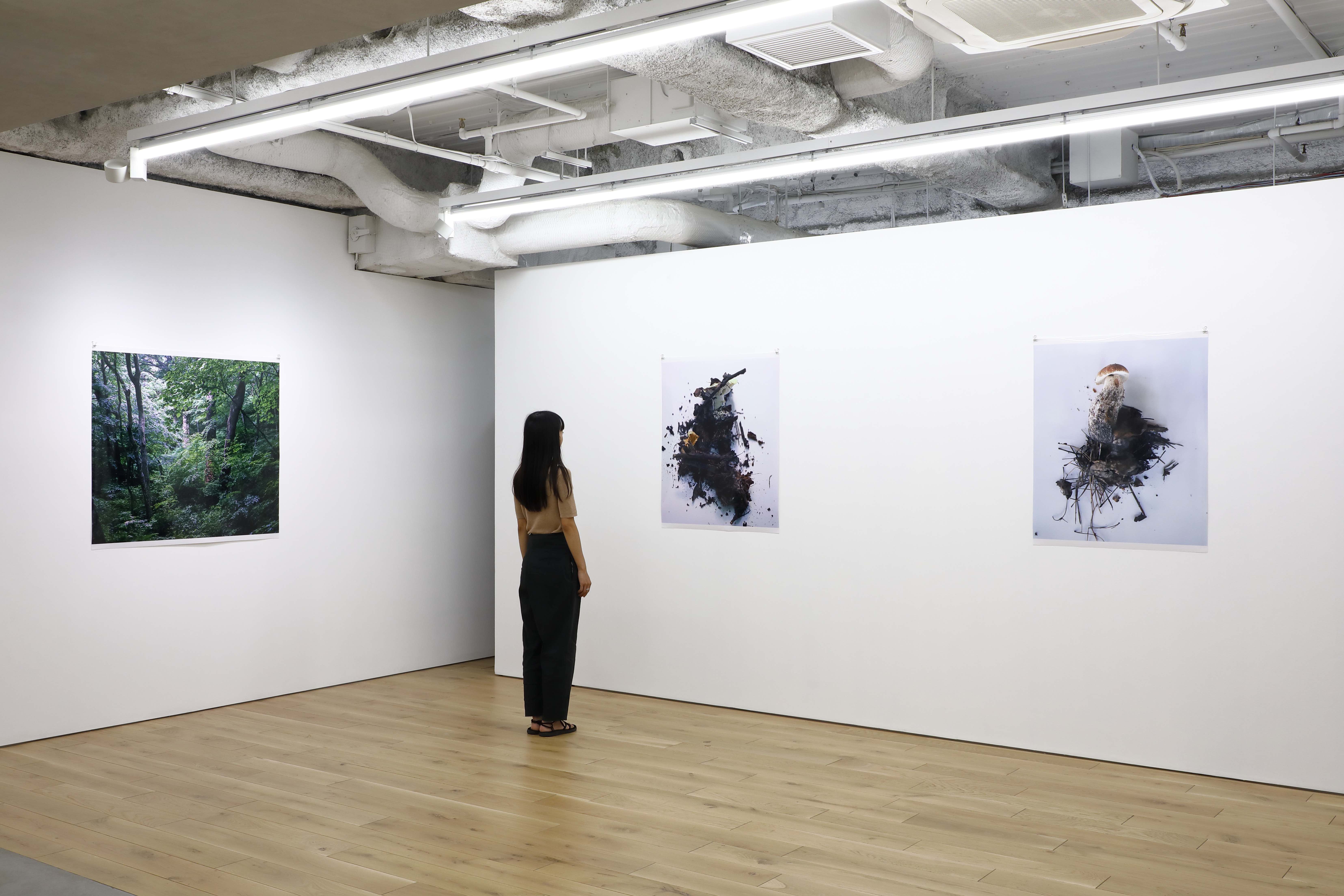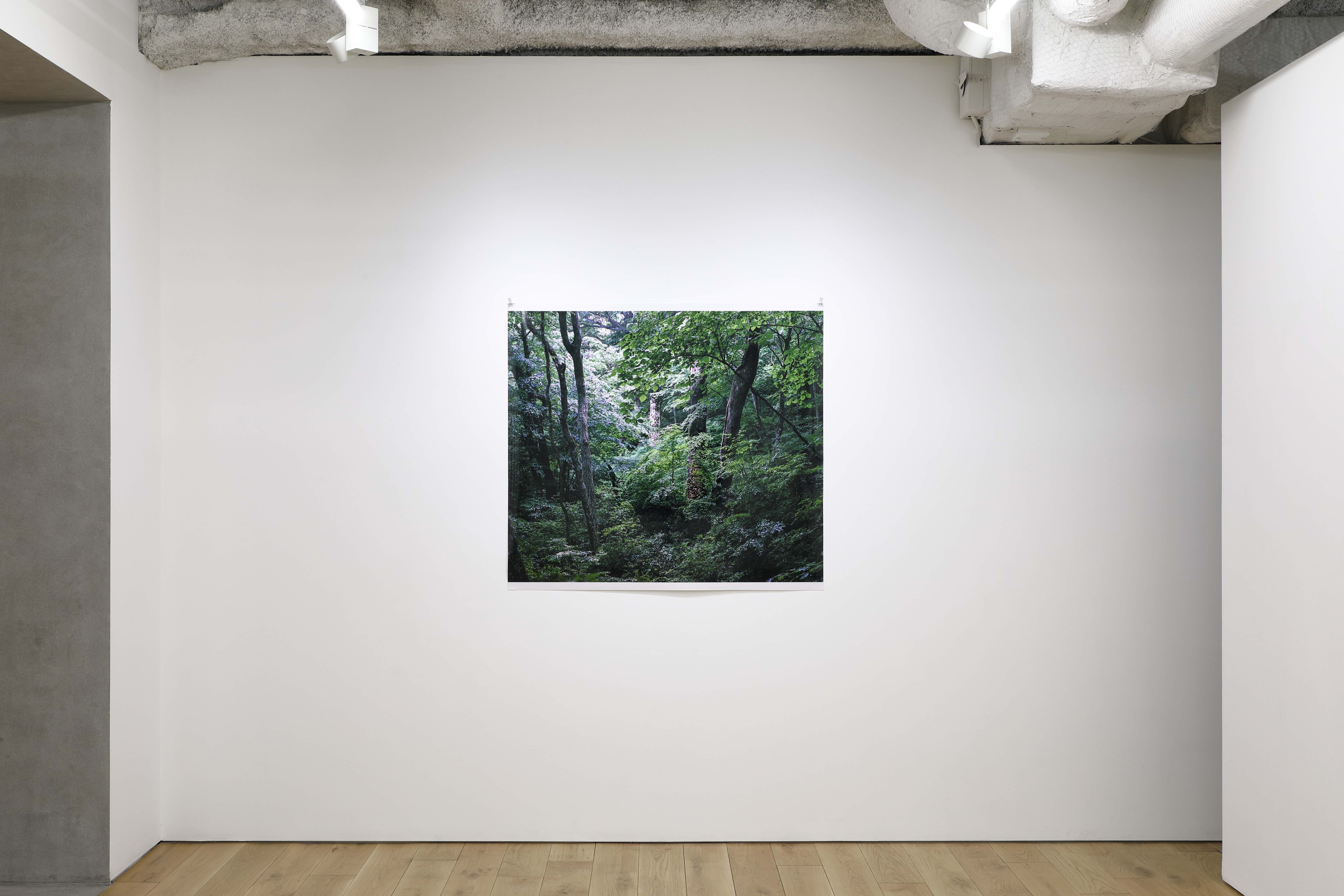TARO NASU is pleased to announce Takashi Homma’s solo exhibition, entitled “New mushrooms from the forest”.
Takashi Homma
Born in Tokyo in 1962. Currently lives and works in Tokyo.
24th Kimura Ihei Memorial Photography Award (1999)
Recent solo exhibitions include ”Eye Camera Window : Takashi Homma on Le Corbusier” The Canadian Centre for Architecture, Montreal (2020-2021), “La città narcisista. Milano e altre storie” VIASATERNA, Milan(2017), “Seeing itself “Dazaifu shrine, Fukuoka (2015), group exhibitions include “The Window: A Journey of Art and Architecture through Windows” Marugame Genichiro-Inokuma Museum of Contemporary Art, Kagawa, and The National Museum of Modern Art, Tokyo (2019), “Sensing the Cultural Magma of the Metropolis Tokyo Art Meeting Ⅵ” Museum of Contemporary Art, Tokyo (2015) and more.
Fukushima
On March 11, 2011, a magnitude 9.0 earthquake and the following tsunami disabled all emergency AC genera- tors of the Tepco Fukushima Daiichi Nuclear Power Plant. The reactor could no longer be cooled; a nuclear meltdown happened. Several explosions dispelled large amounts of radioactive waste over a vast area. The accident is categorized as a 7 on the International Nuclear Event Scale, the same category as the nuclear disaster in Chernobyl. Around 140.000 people1 had to leave their homes in Fukushima Prefecture. In fall of the same year, the Japanese government restricted the consumption and shipment of mushrooms from Fukushima prefecture and forests in the Tohoku and Chubu regions due to severe radioactive contamination. Mushrooms readily absorb radioactive substances like cesium. I first entered the forests in Fukushima Prefecture to take photographs in fall of 2011. At present, small-scale decontamination efforts of roads and other areas are proving successful; decontaminating all the forests, however, will be impossible. Wild mushrooms sold directly at roadside rest area markets (known as “Michi-no-Eki”), which usually offer produce of better quality and freshness than supermarkets with their complex logistical systems, have been detected to contain radioactive elements such as cesium above governmental safety levels (fall 2018)2. The radioactive element cesium-137 has a half-life of about 30 years.
- 1 Some records mention more than 160.000 evacuees, but it is not known whether all of them were due to the nuclear power plant. About 80.000 people are affected by the evacuation zone surrounding the nuclear power plant.
- 2 Reports show that cesium concentrations were already detected in mushrooms sold in farmers’ markets in 2017.
Scandinavia
Similar to Japan’s, the Scandinavian cuisine features a wealth of mushroom dishes. The number of mushroom species growing here is said to surpass those found in Japan. Just under 70% of the available land in Scandinavia is covered with forests, almost the same as in Japan. Further, the people living here enjoy a “freedom to roam,” which guarantees the right to enter into any forest, regardless of who it is owned by, and collect mushrooms and berries as long as no harm or damage is caused. If you visit markets in Scandinavia between summer and fall, you will find stands filled with yellow chanterelles ready to be sold. Most Scandinavians, however, are used to going into the woods to forage for mushrooms and berries.
In 1986, the nuclear accident in Chernobyl occurred. The wind blew to the north-west, and two days after the accident five percent of the total radioactive material released during the Chernobyl disaster fell down over Sweden. Excluding the former Soviet countries, Sweden suffered the worst radioactive pollution of all European countries. The Swedish government immediately regulated the consumption of wild mushrooms and berries as well as meat from reindeer and moose. Reindeer meat, by the way, is a staple food of the native Sami people living in northern Scandinavia.
The photographs were taken in Sweden and Finland between 2011 and 2015.
Chernobyl
On April 16, 1986, a human error3 lead to an explosion at reactor 4 of the Chernobyl Nuclear Power Plant in the former Soviet Union (now Ukraine).
The Soviet Union initially attempted to cover up the accident. Following an abnormal rise in radioactivity levels measured in Sweden, the accident was officially announced on the 28th.
It took ten days to extinguish the fires at the nuclear plant, during which radioactive fallout spread over large parts of Europe. Reactor number 4, where the accident took place, is now covered under a large structure of concrete and steel plates, the so-called “sarcophagus”; decommissioning of the nuclear reactor has yet to begin. Between 200.000 to 300.000 people4 were forced to evacuate as a result of the disaster. Thirty years after the accident the American series Chernobyl enjoys high popularity, and tourists from all over the world visit the “zone,” an area with a radius of 30 km surrounding the nuclear plant, on guided day tours. The guide who assisted me during my shoot made a detour to drive us through the so-called “hot spot,” an area with exceedingly high radiation, and announced the noises from the Geiger counter like a fun fair attraction. 110 km away from Chernobyl, in my hotel in Kiev, the Geiger counter still indicated unusually high radiation readings. Meanwhile, Chernobyl itself has become a paradise for wild animals and plants, which thrive in the human-free exclusion zone surrounding the nuclear power plant.
My photographs in Chernobyl were taken in 2017.
- 3 Numerous publications also name structural flaws in the nuclear plant’s design as the main cause of the disaster
- 4 Different sources list numbers ranging from 116.000 to 400.000 people. Official numbers have never been announced.
Stony Point
“I have come to the conclusion that much can be learned about music by devoting oneself to the mushroom. For this purpose, I have recently moved to the country.”
̶ from John Cage’s Music Lover’s Field Companion (1954)
“The Land” was a commune set up by artists near Stony Point, a small town in the outskirts of New York, about 90 car-minutes from Manhattan. In 1954, they were joined by experimental composer John Cage (1912-92), who proceeded to live in Stony Point for over 16 years. The commune was surrounded by thick woods, and mushrooms grew more or less everywhere. Cage bought any book on mushrooms he could find. He was hospi- talized after eating poisonous mushrooms, was a founding member of the New York Mycological Society, and won a quiz show on Italian TV, correctly answering each single question about his chosen subject, mush- rooms. During his visit to Japan, Cage went mushroom hunting in the forests near Karuizawa.
Asked why he became so infatuated with mushrooms, Cage once replied, “Because mushrooms come right before music in the dictionary.”
I have entered into these four forests and listened carefully to the mushrooms I found growing there.
In truth, there was nothing else for me to offer them but my attentive ears. And indeed, I was allowed to witness waves of sound. The only conclusion I could draw was that they resonate in symphony, in each of the four forests.
– Takashi Homma
Text from “Symphony – mushrooms from the forest” (Case Publishing, 2019)
